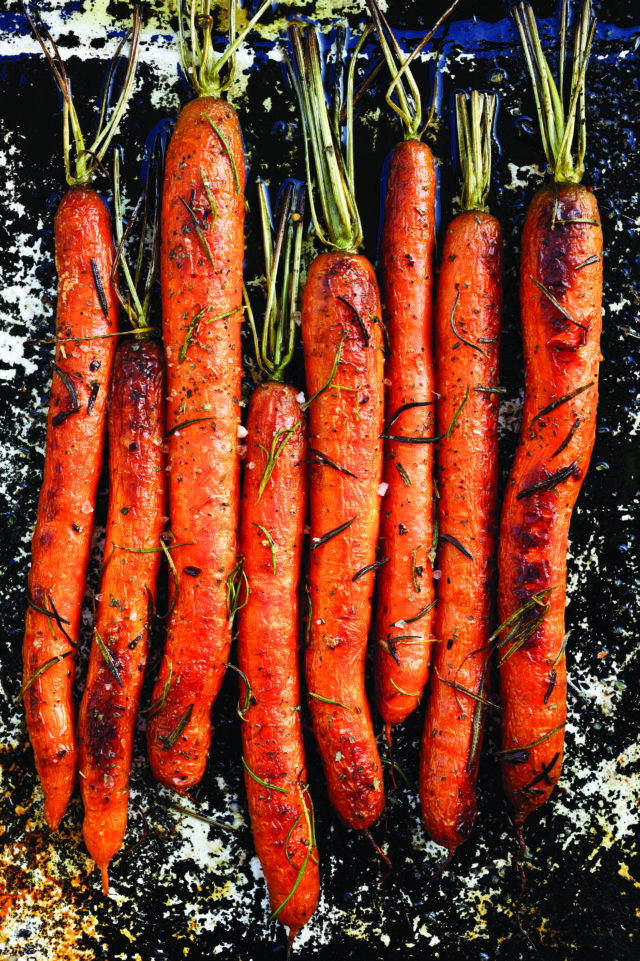
By Gabrielle Echevarrieta
Globally, an estimated $1 trillion is lost per year on wasted food. A shocking 1.3 billion tons of consumable food is discarded annually, with studies showing that 20 percent of crops are disposed of solely due to aesthetic imperfections. This perfectly good food emits harmful methane gas as it rots, producing by some estimates 70 billion tons of greenhouse gases, or 8 percent of global anthropogenic emissions per year. Maybe those nagging moms ordering kids to finish the food on their dinner plate weren’t so crazy after all.
Now, the “upcycled food” movement is sweeping the globe, an innovative solution to this economic and ecological crisis. According to experts from Harvard University, World Wildlife Fund, Natural Resources Defense Council and others, upcycled food “uses ingredients that otherwise would not have gone to human consumption, are procured and produced using verifiable supply chains, and have a positive impact on the environment.” Considered the single greatest solution to climate change by Project Drawdown, upcycled food is an actionable way to lower your personal carbon footprint, fill nutritional gaps in your diet and discover some tasty new snacks in the process.
People are known to “eat with their eyes first.” Social media has made it crucial for every plate to be Instagrammable, but these aesthetic preferences are harmful to farmers and the Earth. If consumers and retailers embrace imperfect items, suppliers can boost their revenue and nourish the rapidly growing human population without putting extra strain on the environment. Imperfect Foods, a weekly grocery delivery service that celebrates “quirky looks and odd shapes,” offers a lineup of produce, plant-based treats and wellness essentials crafted using solar power and ethically sourced ingredients.
Big-name brands like Unilever and Tyson Foods have jumped on the bandwagon, producing vegan mayo using leftover chickpea water, and nutritious protein bars made with leftover chicken breast, vegetable puree and juice pulp. Forward-thinking startups like Take Two Foods make premium plant-based barley milk using upcycled barley, while CaPao whips up vegan sweets, like mango, cashew and coconut bites, with cacao plant seeds that are typically discarded in the chocolate-making process. And you can munch on some of Pulp Pantry’s grain-free chips made with the pulp of cold-pressed vegetables, which contains 95 percent of the fiber in whole veggies.
For those who want to try their hand at upcycling food, pantry staples can be easily transformed into indulgent bites. Carrot greens can be used to make flavorful pesto when blended with garlic and olive oil, and herb stems can be bundled to flavor soups and stocks. Bake potato peels to make crispy chips, or cut some stale bread into cubes and throw them in the oven for easy croutons. Make a simple syrup with sugar and water and pour over citrus peels for a sweet and tangy confection, or simmer apple cores and peels with a little sugar in a big pot of water to make an easy, no-waste apple juice.





